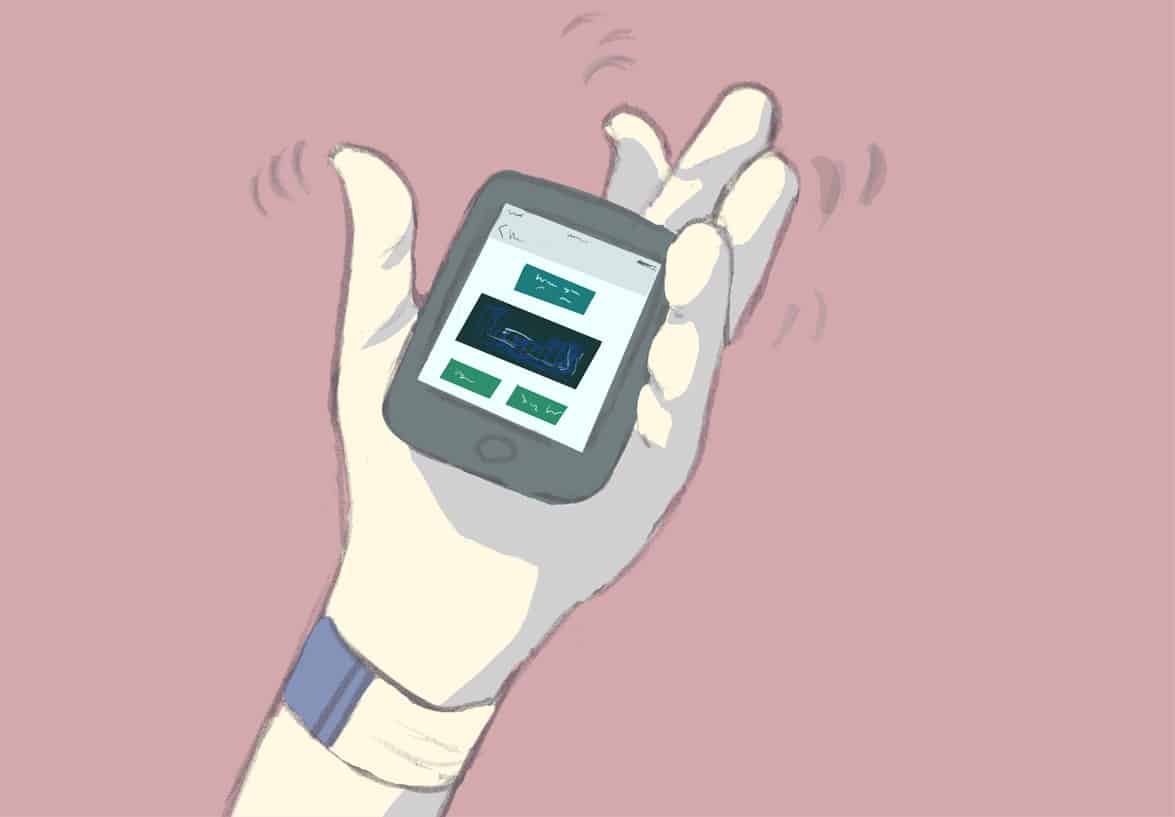U of T researchers recently developed an app targeting alcohol abuse, allowing physicians to measure the intensity of tremors in patients suffering from alcohol-withdrawal symptoms to prevent the prescription of addictive sedatives.
When chronic abusers of alcohol try to quit, they usually succumb to intense withdrawal, which in some cases leads them to the emergency room of a hospital where they are given benzodiazepines — sedatives used to treat alcohol withdrawal, anxiety, seizures, and insomnia.
Physicians are usually reluctant to prescribe this sedative as it is frequently abused and can be extremely dangerous when mixed with alcohol and opiates. An increasing number of people are now faking symptoms of alcohol withdrawal — specifically tremors in their hands and arms —to obtain these drugs.
To solve this problem, a team of researchers from U of T, including PhD candidate Narges Norouzi, Dr. Parham Aarabi of the Department of Electrical and Computer Engineering, and Dr. Bjug Borgundvaag, professor at the Faculty of Medicine, have developed an iOS app that helps physicians discern real tremors from fake ones.
This is the world’s first app to measure tremor strength, which provides an objective conclusion on the correct medical direction to take when a patient is experiencing tremors. The app uses data from an Apple device’s built-in accelerometer to measure the frequency of tremors from each hand for 20 seconds.
With regard to the practical applications of the tool, Borgundvaag said, “We will be able to standardize the assessment of withdrawal and improve patient care, ensuring that patients get the correct dose of benzodiazepine for their degree of withdrawal.”
“We hope that being able to accurately assess withdrawal will lead not only to improved patient care, but shorter length of stays in the [emergency department],” he added.
The app could be used outside of the emergency room too, according to Borgundvaag.
“It may be a useful decision support tool for individuals seen in withdrawal management services (detox centers), or even jails, in helping decide which patients should be transferred to hospital for assessment and treatment,” He said, adding: “We hope to create an abbreviated tool which in preliminary testing takes less than one minute to administer. This tool will be heavily biased towards the tremor assessment, which should be more reliable now that we can actually measure it.”


